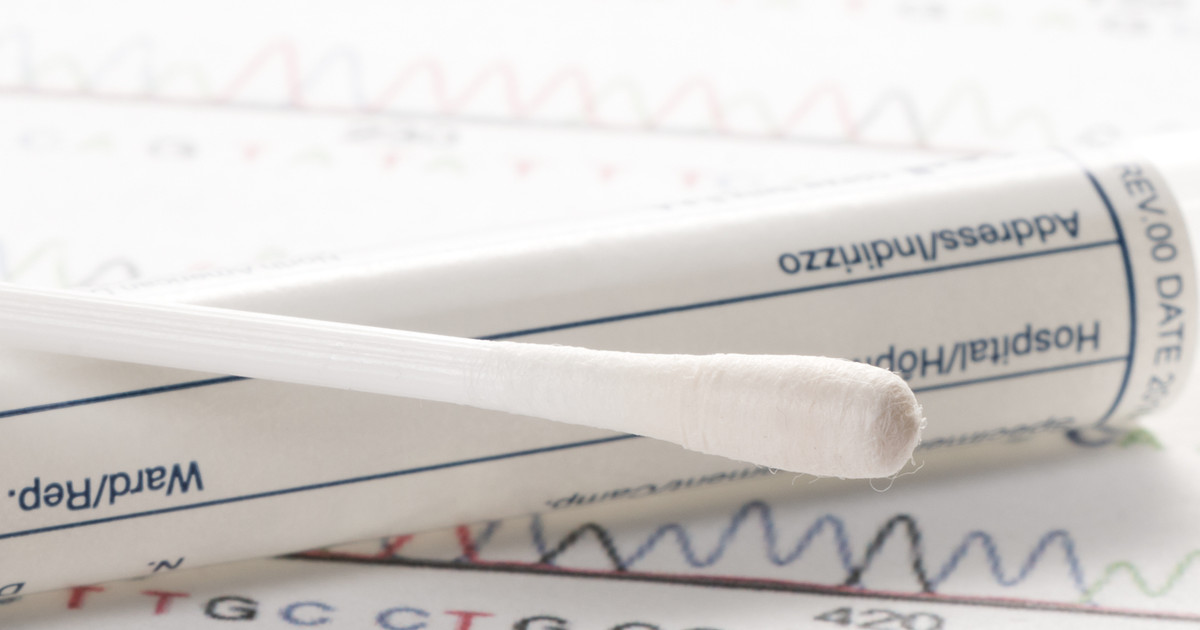How To Diagnose And Treat Sepsis
Typically, a patient's body should release chemicals to fight an infection. However, sometimes this release is imbalanced. This can mean changes that cause organ damage. In fact, sepsis appears to be the result of an abnormal response to an infection. It is likely going to be life-threatening. The organ damage from this condition can progress quite far. If it becomes septic shock, patients may die due to dangerously low blood pressure. It appears that seniors, young children, individuals with compromised immune systems, and pregnant women are among the most at-risk groups for sepsis.
Prompt sepsis treatment should prevent severe and irreversible effects. It seems as if patients will receive general antibiotics for sepsis right away. Intravenous fluids for sepsis may be given within three hours. Patients may also need other medications for sepsis. It is also worth noting that supportive care and surgery for sepsis may be necessary.
Blood Tests
Blood tests may be the first methods used to diagnose sepsis. Doctors should draw blood from at least two sites, as this can increase the accuracy of the results. The samples of blood should be tested for evidence of an infection. Doctors may also want to test for clotting problems, electrolyte imbalances, and how much oxygen availability is impaired. Other considerations for tests may be finding compromised kidney or liver function. Unfortunately, blood tests do not appear to diagnose sepsis on their own. Doctors may need to conduct additional tests and a physical exam as well.
Patients getting a blood test for sepsis may expect a complete blood count and test for C-reactive protein levels. The first of these measures white blood cells in their body. If their white blood cell count is elevated, they may have an infection. The latter test should inform doctors if patients are experiencing any inflammation. Doctors may choose to conduct a blood culture if one test indicates that patients may have an infection. A blood culture may identify what bacteria or fungi caused the infection.
Reveal more potential ways to diagnose sepsis now.

Wound Secretion Test
Doctors may wish to conduct a wound secretion test to diagnose sepsis. Patients may also hear this called a wound drainage culture. This test seems to help narrow down the cause of an infection. The culture may be able to find fungi, bacteria, and viruses in a wound. This may help doctors prescribe more effective antibiotics.
Patients do not seem to need to prepare for this test. They may only need to tell their doctor about any medications that may affect the results. Doctors should clean the patient's wound before the test. They may also choose to use numbing medication before the test. Open wounds may only need a cotton swab for this test. However, it seems as if others may need a needle and syringe, or doctors to cut into the patient's skin first.
Continue reading to uncover possible treatments for sepsis now.

Vasopressors
Vasopressors seem to be used to treat sepsis occasionally. Doctors may prescribe them to patients who have persistent problems with low blood pressure. This type of medication should help narrow a patient's blood vessels. The constriction may increase their overall blood pressure. However, this medication may only be prescribed to critically ill patients in the hospital. If a patient's blood pressure remains dangerously low for too long, they may experience organ damage. Evidence also appears to indicate that most deaths linked to sepsis have been due to complications stemming from low blood pressure.
Get more information on what may help treat sepsis now.

Intravenous Fluids
Patients may receive intravenous fluids as a treatment for this condition. They appear to be the first treatment given in the hospital, potentially within three hours. They should help prevent the patient's blood pressure from dropping too low. Intravenous fluids seem to be the best method of giving fluids, since doctors say that they can monitor exactly how much patients are given. They should also control the type of fluid this way.
Saline appears to be the most common fluid provided to sepsis patients. It may be mostly water. However, it should also have sodium or other water-soluble minerals. The minerals may help the patient's body absorb the fluid better. Another potential intravenous fluid for this condition is colloids. These are likely thicker than saline and may not dissolve as fast. Patients may still need additional saline if they receive colloids.
Discover more potential options for treating this condition now.

Antibiotics
Antibiotics also seem to be one of the first treatments for sepsis. However, patients may receive general antibiotics at first. This is because doctors may not know what bacteria or fungi caused their infection. Sepsis appears to be a medical emergency, which means general antibiotics should be better than nothing. They should allow doctors the time to conduct necessary tests. Like the fluids, antibiotics for sepsis seem to be given intravenously.
Doctors may use the time that general antibiotics provide to determine what caused the patient's infection. If they are able to do this, they may be able to prescribe a specific antibiotic. This antibiotic should be formulated to fight the specific type of bacteria or fungi that caused the infection. However, even if patients start feeling better midway through the course their doctor prescribed, they may still want to finish it. Not finishing a course of antibiotics may leave part of the infection behind, and may result in an antibiotic-resistant infection later.
